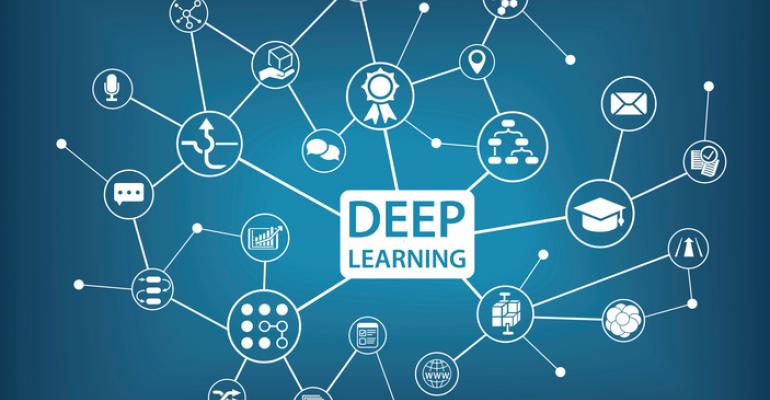Frameworks can be extremely helpful to conference professionals who are shifting their focus from planning and programming to designing attendee experiences. Several years ago, our team developed the EPIC framework—experiential, participatory, image-rich, and “connexity.” This attendee-centric framework has been very useful for boosting creativity as committees are charged with reimagining their annual conference and improving education and networking value.
We have recently developed another framework called 4D Conference Experience design. The four Ds stand for:
• Deep Learning
• Deep Connection
• Deep Play
• Deep Reflection
The 4D participant-centered framework is intended to help conference organizers shift from passive consumption and transactions to more authentic and immersive experiences.
The first element of the framework, deep learning, takes effort. In order to get something out of a learning experience, participants first need to have a curious mindset and the adaptability to learn, unlearn, and relearn. Secondly, they need to understand that if they don’t wrestle with the content and connect it to their past experiences, learning and sense-making doesn’t happen. No learning means no application, no ability to solve problems, and no on-the-job improvements.
Conferences will deliver better learning value when the participants, speakers, and organizers all better understand the biology of how the adult brain learns.
Reprinted with permission from Velvet Chainsaw’s Sticky Conference newsletter, with articles this month focused on deep learning.






